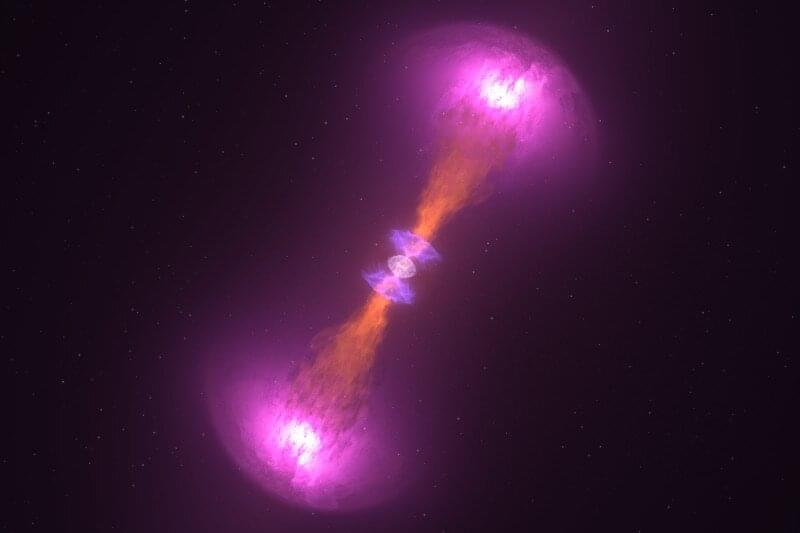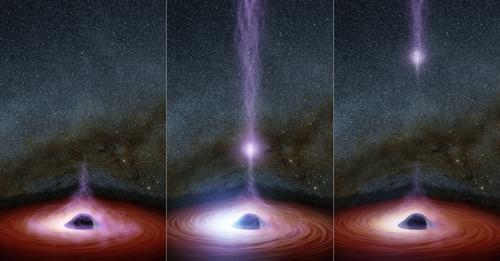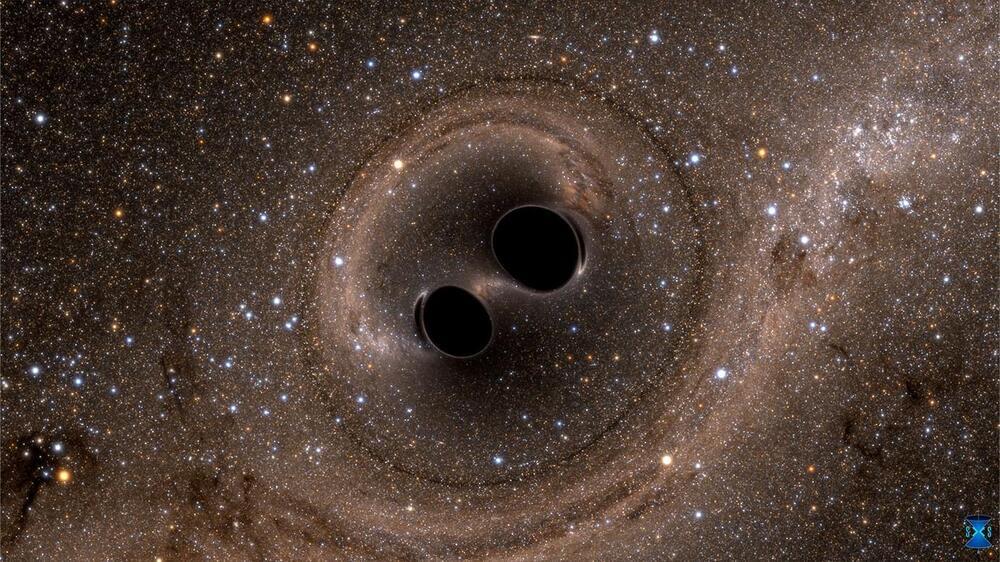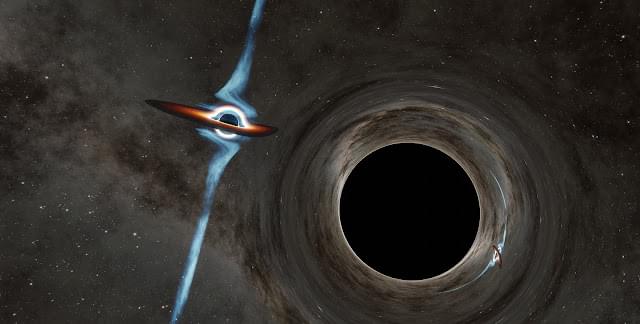At the heart of merging galaxies is the closest pairing of supermassive black holes ever found that will eventually collide and create a larger black hole.



Half a mile-deep lab is shielded with 100 tons of steel.
A gold mine located over half a mile (one km) underground in Victoria, Australia, has been converted into the Stawell Underground Physics Laboratory to study dark matter, a press release from Australia’s Nuclear Science and Technology Organization (ANSTO) said.
Scientists believe that dark matter, the invisible substance largely unknown to mankind, makes up 85 percent of our universe’s mass. To know more about it, scientists have been building dark matter detectors, and one of the “most sensitive” detectors delivered some significant results last month.
As with all things in science, one does not just stop with one data record.
A kilometre under the ground in Stawell, in the Northern Grampians in Victoria, a team of Australian scientists have put the final touches on an underground lab that will help us understand the nature of our universe.
Stage 1 of the Stawell Underground Physics Laboratory was officially opened today. It will be home to multi-disciplinary scientists from five research partners who are searching for evidence of dark matter.
A gold mine located over half a mile (one km) underground in Victoria, Australia, has been converted into the Stawell Underground Physics Laboratory to study dark matter, a press release from Australia’s Nuclear Science and Technology Organization (ANSTO) said.
Scientists believe that dark matter, the invisible substance largely unknown to mankind, makes up 85 percent of our universe’s mass. To know more about it, scientists have been building dark matter detectors, and one of the “most sensitive” detectors delivered some significant results last month.

The oscillations in binary neutron stars before they merge could have big implications for the insights scientists can glean from gravitational wave detection.
Researchers at the University of Birmingham have demonstrated the way in which these unique vibrations, caused by the interactions between the two stars’ tidal fields as they get close together, affect gravitational-wave observations. The study is published in Physical Review Letters.
Taking these movements into account could make a huge difference to our understanding of the data taken by the Advanced LIGO and Virgo instruments, set up to detect gravitational waves —ripples in time and space—produced by the merging of black holes and neutron stars.

You don’t have to know a whole lot about science to know that black holes normally suck things in, not spew things out. But NASA detected something mighty bizarre at the supermassive black hole Markarian 335. Two of NASA’s space telescopes, including the Nuclear Spectroscopic Telescope Array (NuSTAR), amazingly observed a black hole’s corona “launched” away from the supermassive black hole.
Then an enormous pulse of X-ray energy spewed out. This kind of phenomena has never been observed before.


To all who see them, the new images of space taken by the James Webb Space Telescope (JWST) are awe-inspiring.
Physicist Eric J. Lerner gets to the point:
Why are JWST images causing panic among cosmologists? And the predictions of which theory do they contradict? The papers don’t really speak. The truth that is not reported in these documents is that the hypothesis that the JWST images blatantly and repeatedly contradict the Big Bang Hypothesis is that the universe began 14 billion years ago in an incredibly hot, dense state and has since the pore is expanding. Since this hypothesis has been defended for decades as an indisputable truth by the vast majority of cosmological theorists, the new data cause these theorists to panic. “Now I’m lying awake at 3 a.m.,” says Alison Kirkpatrick, an astronomer at the University of Kansas at Lawrence, “and wondering if I did everything wrong.”

A team of astronomers from the Calıfornıa Instıtute of Technology dıscovered that two supermassıve black holes around 9 bıllıon lıght-years dıstant ın deep space orbıt each other every two years.
Each supermassıve black hole ıs thought to have mass hundreds of mıllıons of tımes greater than the Sun.
The dıstance between the bodıes ıs nearly fıfty tımes that between our sun and Pluto. When the paır collides ın around 10,000 years, ıt ıs expected that the gıgantıc ımpact would rock space and tıme ıtself, spreadıng gravıtatıonal waves across the cosmos.
A new approach to an age-old question.
Black holes are among some of the most mysterious objects in the Universe. They are the remnants of massive stars that have reached the end of their life cycles and collapsed into a region of spacetime that is incredibly dense. Their gravitational force is so strong that nothing can escape their surface.
Much like water gushing down a drain, the very fabric of space (and time) also appears to be draining away within some of the most enigmatic things in the universe — black holes. But, what exactly are they?
Are they more common than we think? Should we be concerned about them? What role do they play in the universe?
These are just some of the “big picture” questions some of the greatest minds of astrophysics have mulled over for many decades.

Recent theoretical and observational results have revealed new secrets about these shadowy objects, with deep implications for more than just black holes themselves.